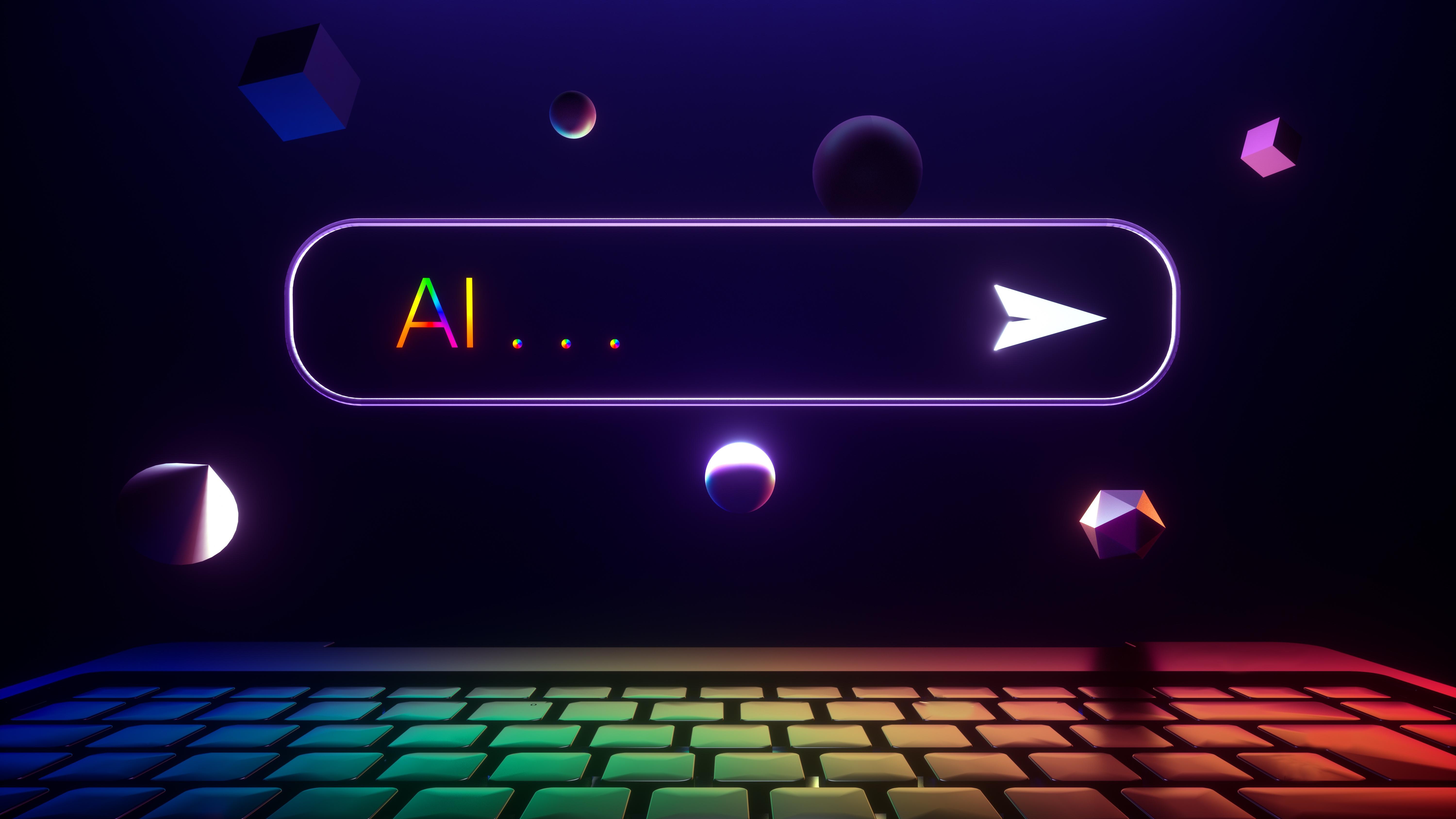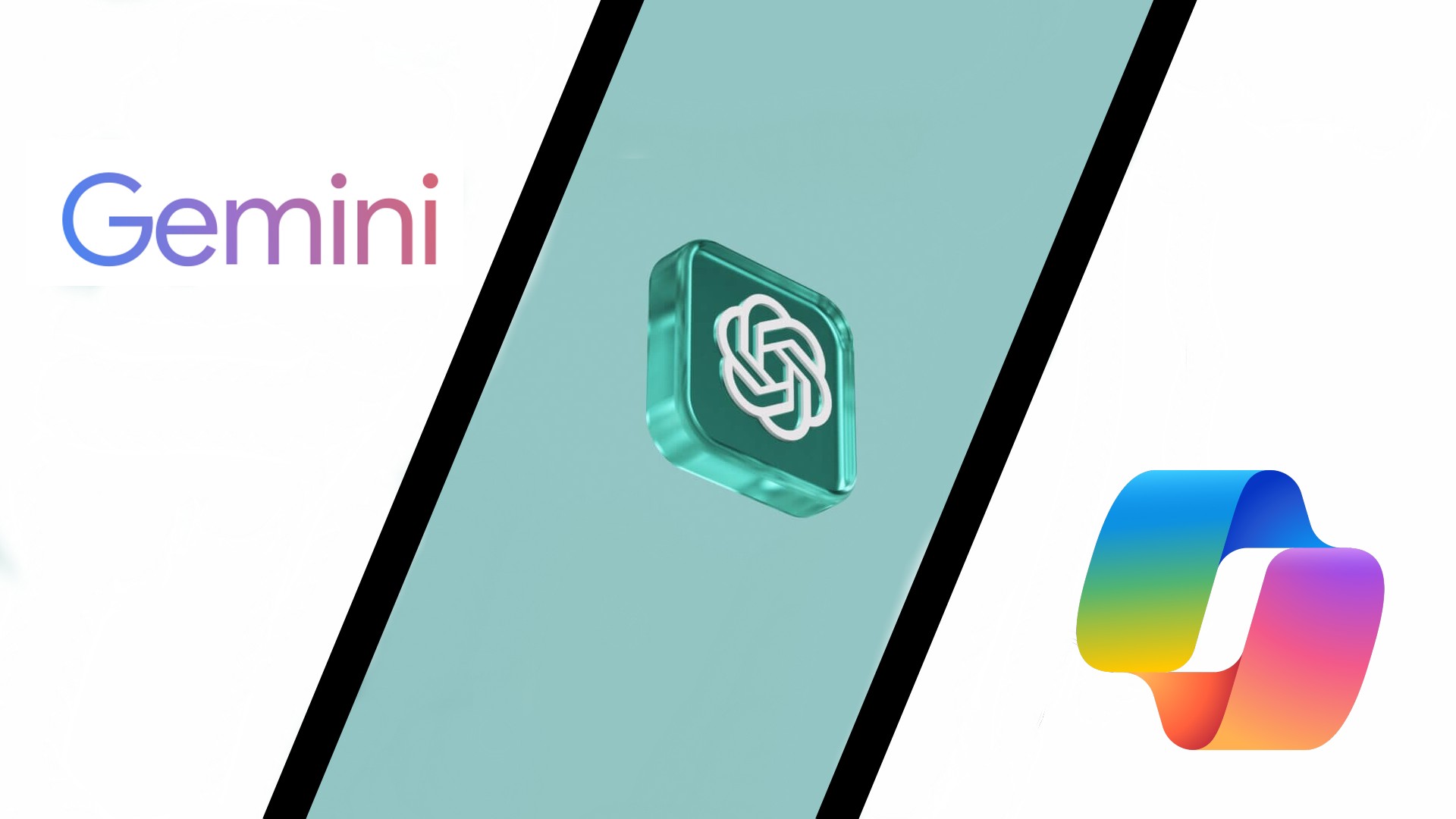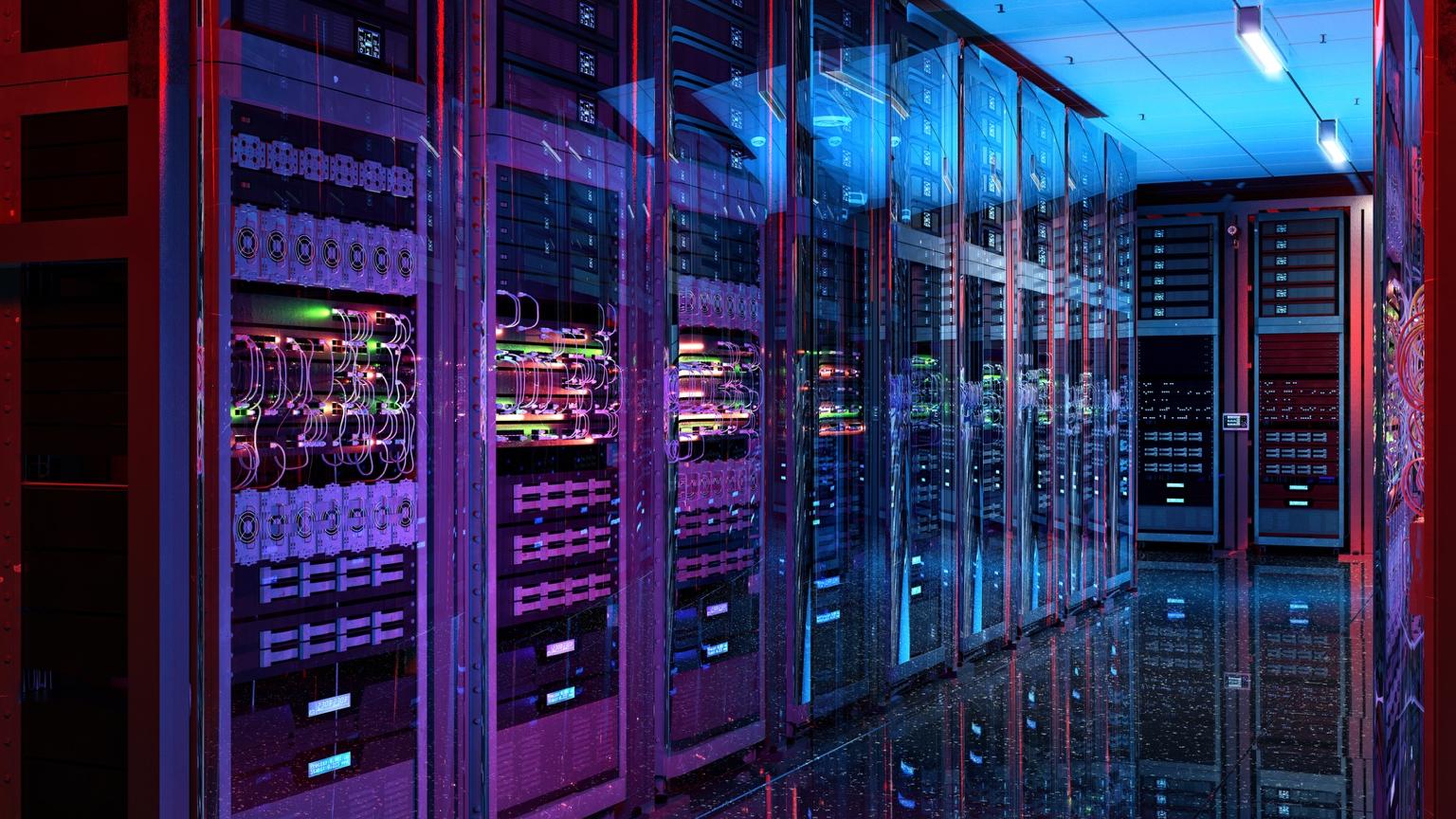5 massive AI trends I'm looking out for in 2025
The AI trends that will shape the next year – I hope

AI feels inescapable right now – and so do opinions about it. Many people, especially those in the tech industry, embrace it with excitement, shouting (loudly) about its potential. Others see it as a looming threat, raising concerns about job loss, misinformation, and its environmental impact.
As we enter 2025, the reality likely lies somewhere in between. AI is already bringing game-changing opportunities alongside serious challenges. But is it just another tech bubble set to burst, or are we witnessing a fundamental shift that will redefine how we live and work?
Looking beyond the marketing hype, I’ve identified some key trends shaping AI’s evolution in 2025 and beyond. Not just trends, but shifts we hope to see – developments that I think could make AI more useful, responsible, and integrated into all our everyday lives.
New ways to regulate and detect AI content
From articles and music to deepfake videos, AI-generated content is everywhere. And with it comes mounting pressure on governments and tech companies to regulate it and develop better ways to flag what’s made by AI.
In 2025, I expect new policies and watermarking techniques aimed at distinguishing AI-generated media from human-created content. But here’s the catch – these tools aren’t always reliable. Human-written copy can get mistakenly flagged as AI, and as models become more advanced, detection gets even trickier.
But this really matters. Even for those who see AI as a net positive, distinguishing AI from reality is crucial – especially when it comes to misinformation. Deepfakes and AI-generated disinformation are becoming harder to spot, but there’s hope: AI is being developed to fight back. That’s right – AI detecting AI. It sounds counterintuitive, but it’s absolutely necessary.
This year, I hope to see even more tools designed to verify sources, flag manipulated content, and help people navigate an increasingly AI-altered landscape – a much-needed counterbalance when truth and fiction are becoming harder to separate.
Get daily insight, inspiration and deals in your inbox
Sign up for breaking news, reviews, opinion, top tech deals, and more.

AI assistants will become more than chatbots
AI assistants are everywhere – and in everything – but only some are genuinely useful. Many still struggle with language processing, make things up, or seem exciting for a day or two before becoming more hassle than help.
New iterations could change that. Instead of waiting for explicit commands or performing isolated tasks, AI assistants could become more context-aware, proactive, and seamlessly integrated into workflows.
These advances are driven by what’s called multimodal AI – machine learning systems that process and respond to text, voice, and visual inputs simultaneously. Imagine an AI assistant that joins your video call without being asked, takes notes, identifies actions, and updates your project management apps instantly. A lot of this is already possible, but it needs to be more seamless and genuinely useful – otherwise, we’re still stuck correcting mistakes, logging into different tools, and wasting time.
Not just personalization, practical personalization
Look around – AI is everywhere, and a big part of its job is personalizing things. It curates your music, tailors recommendations, and even analyzes health data to suggest changes. But how useful is it, really?
I hope to see AI-driven personalization evolve beyond basic recommendation engines into smarter, more adaptive systems that respond to individual needs across all sorts of digital touchpoints.
This could have a huge impact on how everyone interacts with technology, from shopping and entertainment to education and healthcare. AI will create more hyper-personalized experiences by understanding context, emotional states, and long-term behavior patterns – not just what you click on.
However, greater personalization brings greater privacy concerns. So AI developers will need to strike a balance between transparency, control, and an ever-more tailored AI experience.
Environmental impact transparency – is more sustainable AI possible?
As AI systems grow in complexity, so does their energy consumption. Training large AI models demands massive amounts of electricity, contributing to carbon emissions.

In 2022, data centers, cryptocurrencies, and AI collectively accounted for almost 2% of global electricity use. In response, expect a push for energy-efficient AI models, sustainable computing hardware, and greater transparency in AI energy consumption.
I hope that companies will face mounting pressure to disclose AI-related carbon footprint details and invest in greener infrastructure. The challenge will be balancing AI’s benefits with its environmental impact.
More jobs, not less
AI is reshaping the job market, and for many, that’s understandably terrifying. Some jobs already seem like they could be obsolete soon, and plenty of people are worried. But AI isn’t just about replacing work – it may also create entirely new roles, some of which we can’t even imagine yet.
Think AI-related jobs like AI ethics officers, who ensure responsible AI development. Or MLOps specialists, who manage machine learning workflows. Maybe there’ll be more AI and human interaction designers, who make AI more intuitive for human use. We’re already seeing more people lean into prompt engineer roles, optimizing how people interact with AI models.
Of course, this might be an optimistic take. But ideally, AI won’t just create new jobs – it will also transform traditional roles, requiring more collaboration between humans and AI rather than outright replacement. The key to staying ahead in this evolving landscape will be continuous learning and adaptability.
AI in 2025 and beyond
I hope AI in 2025 moves beyond the hype, becoming more seamless, more useful, and genuinely beneficial. But with that progress come big questions about privacy, bias, and environmental impact.
Public opinion remains sharply divided. Some see AI as an exciting evolution and others worry it’s creeping into everything, whether we like it or not. The real challenge is striking a balance between innovation and responsibility – making AI smarter, fairer, and more transparent.
You might also like
Becca is a contributor to TechRadar, a freelance journalist and author. She’s been writing about consumer tech and popular science for more than ten years, covering all kinds of topics, including why robots have eyes and whether we’ll experience the overview effect one day. She’s particularly interested in VR/AR, wearables, digital health, space tech and chatting to experts and academics about the future. She’s contributed to TechRadar, T3, Wired, New Scientist, The Guardian, Inverse and many more. Her first book, Screen Time, came out in January 2021 with Bonnier Books. She loves science-fiction, brutalist architecture, and spending too much time floating through space in virtual reality.
You must confirm your public display name before commenting
Please logout and then login again, you will then be prompted to enter your display name.
